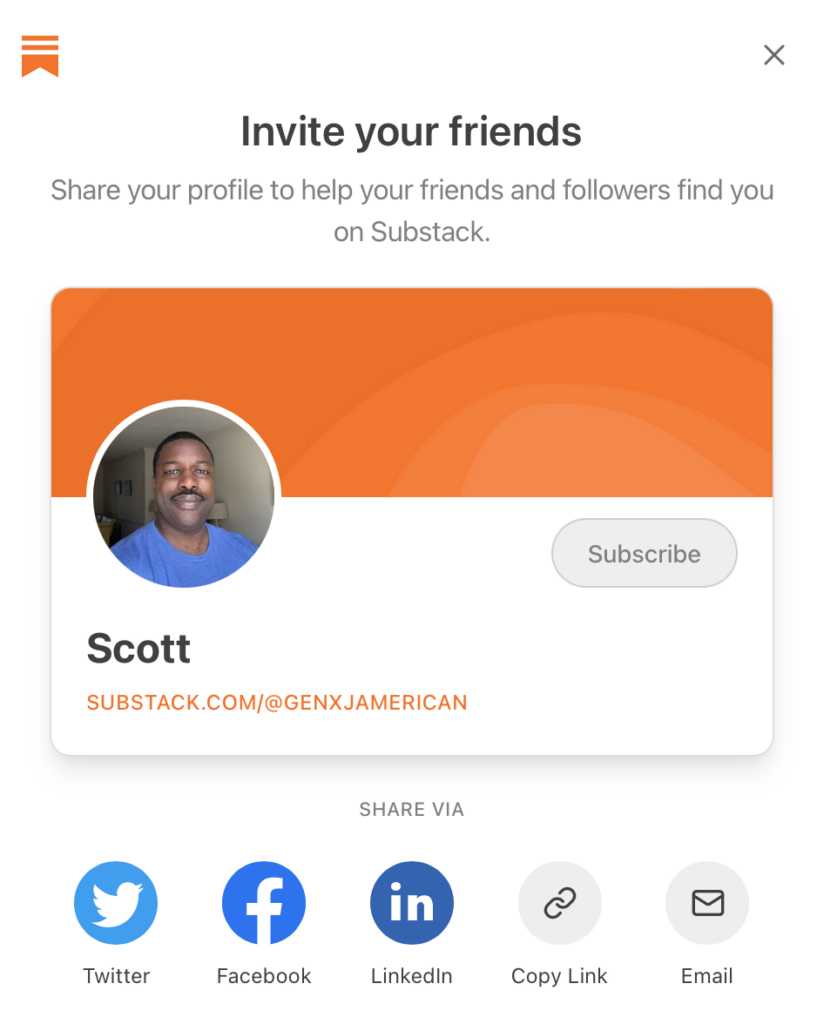In a world where you can get free email accounts seemingly anywhere, I recently decided to pay for an email service. This doesn’t mean that I don’t still have Gmail, Microsoft/Hotmail, iCloud, and Yahoo accounts–but it’s another step back toward paying for products and service instead of being the product. I chose Fastmail on the recommendation of a friend who has used them for many years.
Fastmail’s value proposition and advertising revolves primarily around security, privacy, no ads, no tracking–all of which are good. But the features I’ve found the most valuable so far are actually their search and mail rules. I have a fairly common first and last name. And unfortunately for me, this has meant receiving a lot of email in my Gmail account over the years that is intended for someone else. The email contents range from the merely annoying (emails from various GOP candidates for political office) to documents with PII and other content that is supposed to be confidential. But Fastmail’s mail rules setup allows me to delete that stuff from my inbox without ever having to see it.
Another feature Fastmail offers is Masked Email. You can use it to create a unique email address everywhere you log in on the web, and block addresses if you start receiving spam from them. What I do instead is use two domains that I own to create unique email addresses on-the-fly. What the setup with Fastmail lets me do is make up an email address on the spot with one of those domains and know that I’ll receive any email sent to it. For example: I go to Walgreens the other day, and made up an email to give to the person at the register for the myWalgreens program so I can get the associated benefits without giving them my real email. The mail rules let me filter these emails (and others like it) out of my inbox.
The email that’s actually intended for me I can label, filter, and receive notifications for if they’re really important. Fastmail also lets you create a rule based on a single message to control how future messages are handled (a capability that can also be applied to blocking senders). Whether I’m using the web application on my MacBook Pro, on the mobile apps on my iPhone or iPad mini, I get the same experience of email actually being useful again–including not missing important ones. It might be nice to have an actual desktop client, so I may try the FMail client someone developed and see if I like that better.
Fastmail makes it easy to onboard with a 30-day free trial where you can use it as the interface to whatever free email account you currently use the most. For me, that’s still Gmail. The import process (which had years of emails to pull over) worked perfectly. Because Fastmail can receive and send Gmail, I’ve had no need to use the Gmail web client or its mobile apps directly for weeks. I’ve even deleted Gmail from my phone and tablet.
I still have plenty of work ahead when it comes to unsubscribing my Gmail email address from so many things! Email lists, newsletters, stores, and all manner of other online services in the nearly 20 years since I first signed up for it. But as I do (and re-subscribe to just the things that matter most), Fastmail is helping make email a useful tool again.


